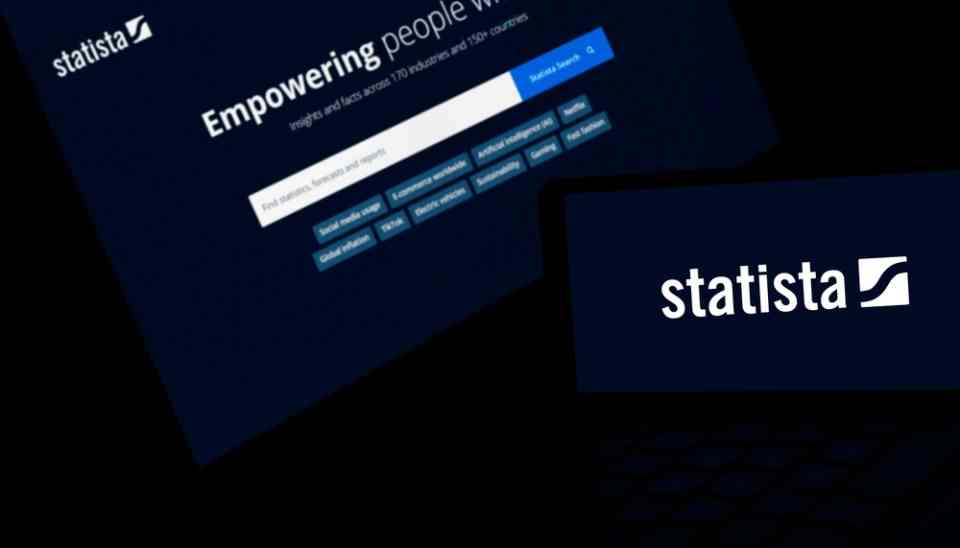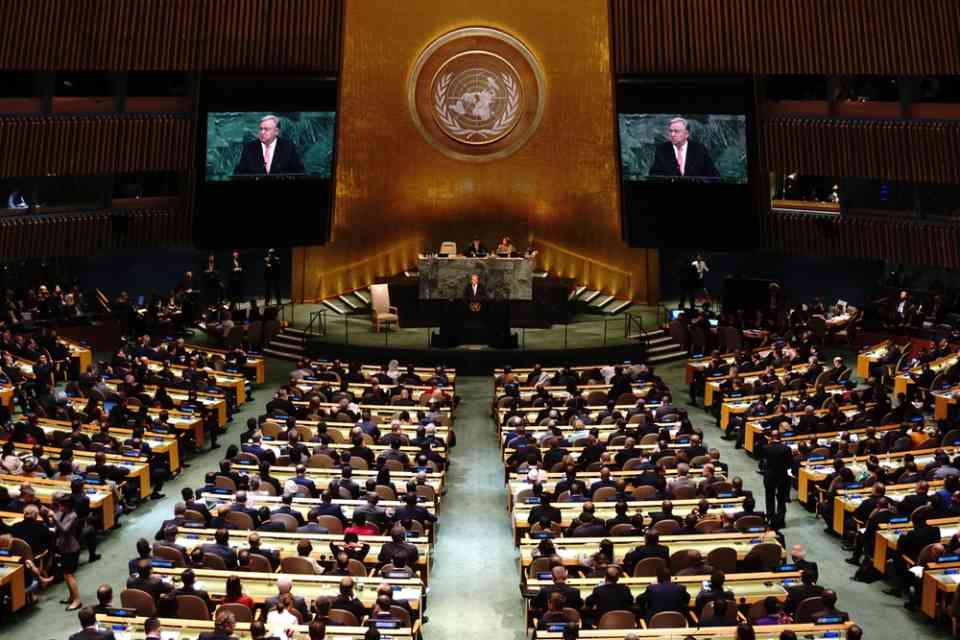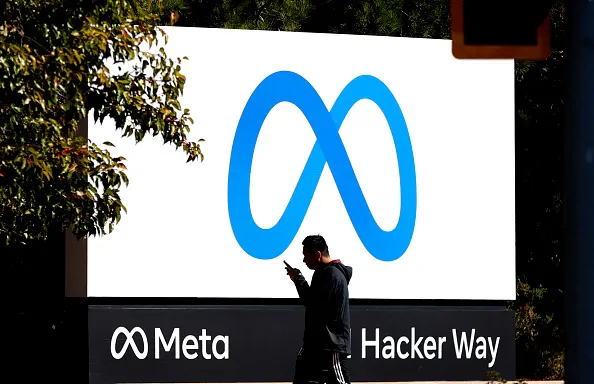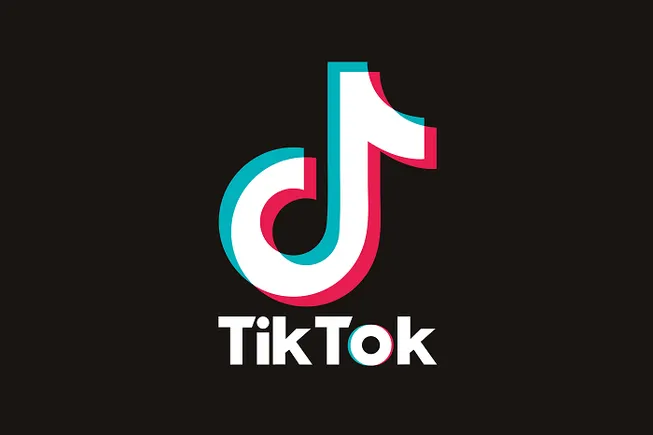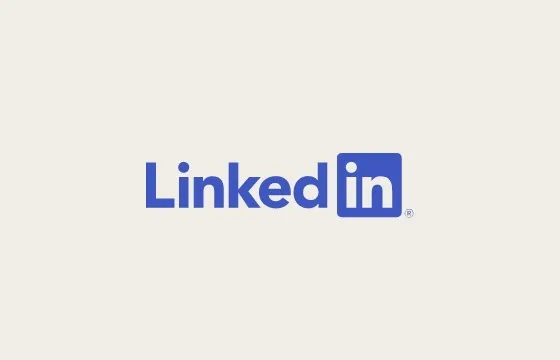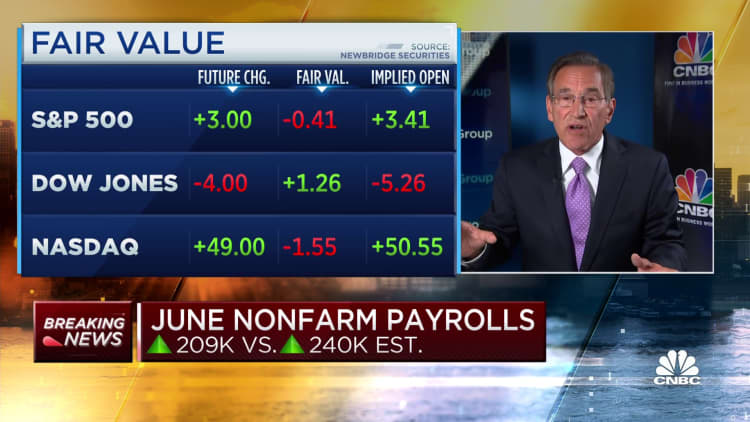
Employment growth eased in June, taking some steam out of what had been a stunningly strong labor market.
Nonfarm payrolls increased 209,000 in June and the unemployment rate was 3.6%, the Labor Department reported Friday. That compared to the Dow Jones consensus estimates for growth of 240,000 and a jobless level of 3.6%.
The total, while still solid from a historical perspective, marked a considerable drop from May’s downwardly revised total of 306,000 and was the slowest month for job creation since payrolls fell by 268,000 in December 2020.
Closely watched wages numbers were slightly stronger than expected. Average hourly earnings increased by 0.4% for the month and 4.4% from a year ago.
Job growth would have been even lighter without a boost in government jobs, which increased by 60,000, almost all of which came from the state and local levels.
Other sectors showing strong gains were health care (41,000), social assistance (24,000) and construction (23,000).
Leisure and hospitality, which had been the strongest job-growth engine over the past three years, added just 21,000 jobs for the month. The sector has cooled off considerably, showing only muted gains for the past three months.
The retail sector lost 11,000 jobs in June while transportation and warehousing saw a decline of 7,000.
There had been some anticipation that the Labor Department report could show a much higher than anticipated number after payrolls processing firm ADP on Thursday reported growth in private sector jobs of 497,000.
Markets moved lower following the release of the jobs report, with futures tied to the Dow Jones Industrial Average off nearly 90 points. Longer-dated Treasury yields were slightly higher.
The labor force participation rate, considered a key metric for resolving a sharp divide between worker demand and supply, held steady at 62.6% for the fourth consecutive month and is still below its pre-pandemic level. A more encompassing unemployment rate that includes discouraged workers and those holding part-time jobs for economic reasons rose to 6.9%, the highest since August 2022.
This is breaking news. Please check back here for updates.


















